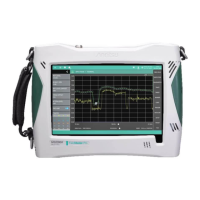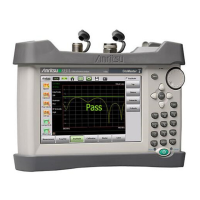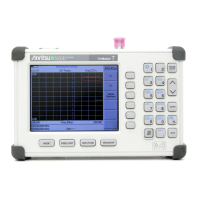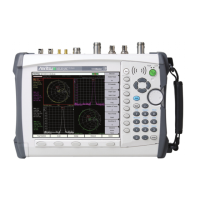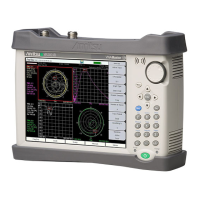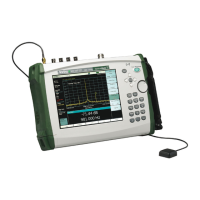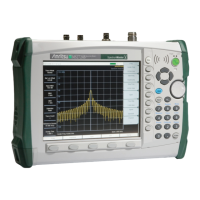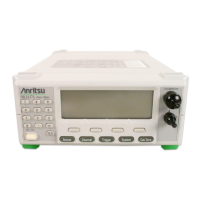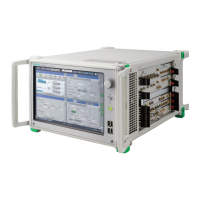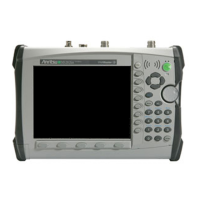MS2090A PM PN: 10580-00445 Rev. C 1-1
Chapter 1 — Programming with SCPI
1-1 Scope of Manual
This manual provides SCPI programming information and a list of SCPI programming commands for the
Anritsu MS2090A Field Master Pro™ Spectrum Analyzer.
Additional Documentation
Updates, if any, can be downloaded from the Library tab on the Anritsu product page:
https://www.anritsu.com/en-us/test-measurement/products/ms2090a
1-2 Introduction
This chapter provides an introduction to Standard Commands for Programming Instruments (SCPI). The SCPI
standard defines a set of programming commands and standards for use by all SCPI compatible instruments.
SCPI is intended to provide a consistent environment for program development. It does so by defining
standardized controller messages, instrument responses, and message formats for all SCPI compatible
instruments. The following sections include descriptions of the command types, hierarchical command
structure, command subsystems, data parameters, and notational conventions with examples.
1-3 Remote Programming Setup and Interface
Remote programming and operation of the instrument is accomplished via the Ethernet or WLAN (Wi-Fi)
interfaces. The following sections provide information about the interface connections, cable requirements, and
remote operation setup.
Network Interface Connection and Setup
The MS2090A uses Ethernet or WLAN to communicate remotely with a controller. Most instrument functions
(except power on/off) can be controlled via a network connection to a PC connected directly (with an Ethernet
cross-over cable or Wi-Fi peer-to-peer/ad hoc) or through a network. The instrument software supports the
TCP/IP raw socket network protocol.
Ethernet networking uses a bus or star topology in which all of the interfacing devices are connected to a
central cable called the bus, or are connected to a hub. Ethernet uses Carrier Sense Multiple Access/Collision
Detection (CSMA/CD) access method to handle simultaneous transmissions over the bus. This standard
enables network devices to detect simultaneous data channel usage, called a collision, and provides for a
contention protocol. When a network device detects a collision, the CSMA/CD standard dictates that the data is
retransmitted after waiting a random amount of time. If a second collision is detected, the data is again
retransmitted after waiting twice as long. This is known as exponential back off.
Wi-Fi uses a similar star topology in which all of the interfacing devices are connected to an access point. Wi-Fi
uses Carrier Sense Multiple Access/Collision Avoidance (CSMA/CA) access method to handle simultaneous
transmissions. CSMA/CA doesn’t detect collisions but rather avoids them through the use of a control message.
If the control message collides with another control message from another node, it means that the medium is
not available for transmission and the back-off algorithm is applied before attempting another transmission.
Document Part Number Description
10100-00069 Important Product Information, Compliance, and Safety Notices
11410-01000 MS2090A Field Master Pro Technical Data Sheet
10580-00444 MS2090A Field Master Pro User Guide
ООО "Техэнком" Контрольно-измерительные приборы и оборудование www.tehencom.com
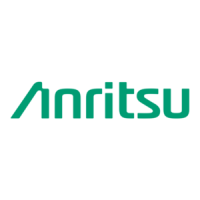
